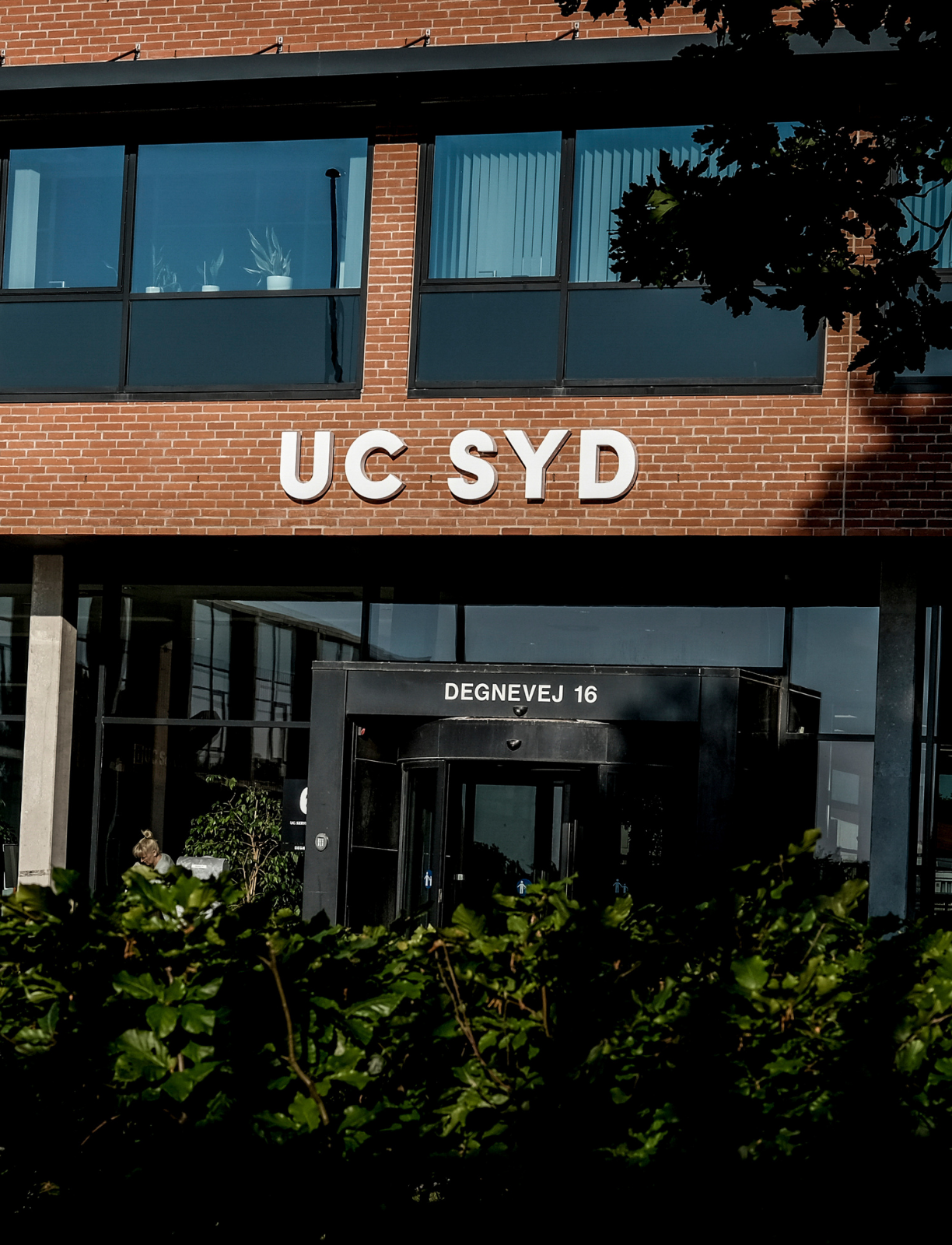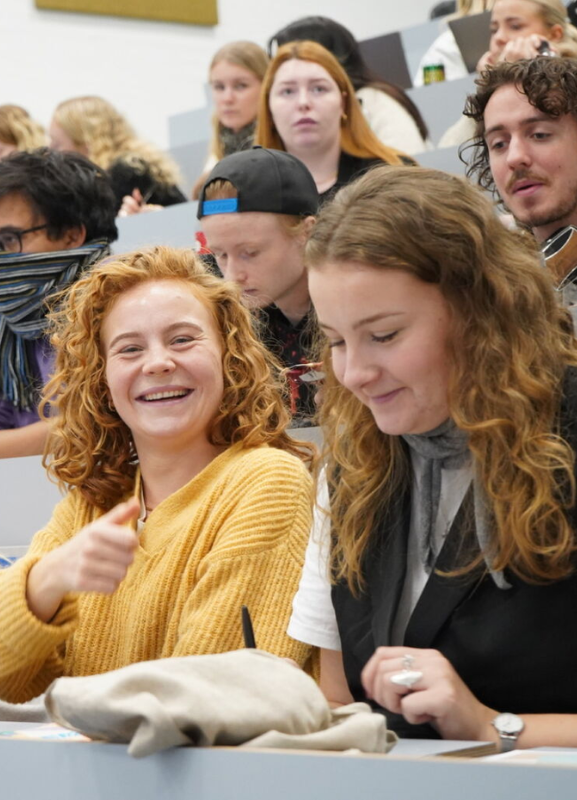Everything you need to know about kvote 1
The time has come, and you’ve started daydreaming about your life as a student in your dream program! You’ve spent the last three years working hard to get the best grades possible, hoping to secure a study spot soon. Does that sound familiar? Then keep reading, because we’ve got everything you need to know about Kvote 1—which could be your key to getting into the program you’ve been aiming for.
What is kvote 1?
But first, what exactly is Kvote 1? Kvote 1 is one of the two application options available when you apply for higher education in Denmark. Unlike Kvote 2, which emphasizes your personal background and experience beyond grades, Kvote 1 primarily focuses on your grade point average (GPA) from high school or an equivalent qualifying education.
This means that Kvote 1 takes a more traditional approach to the admissions process, where your grades play a significant role in determining your acceptance into a program.
In essence, your GPA serves as a kind of admission ticket to the higher education program you wish to enter when applying through Kvote 1. So, if this is your route, a good tip is to focus on achieving the best grades possible during your high school years.
However, keep in mind that not all programs require a GPA of 12 (the highest grade in Denmark). So, if you’re not scoring perfect marks, there’s no need to panic.
If you’d like to see what the GPA requirements have been for the programs you’re considering over the past few years, it’s possible to check this information online. This can give you a good idea of what to aim for or what your chances might be. Just remember that these GPA requirements can change from year to year, meaning they might either rise or fall by the time you’re applying.
How to apply through Kvote 1?
When you apply for admission via Kvote 1, the process is relatively straightforward compared to Kvote 2, which requires a motivated application. However, a Kvote 1 application should not be underestimated, as it still requires a certain level of diligence.
You apply through optagelse.dk, where you select the programs you wish to apply for. Then, you simply follow the step-by-step guide, which will walk you through the entire process.
As mentioned earlier, the most important element of your Kvote 1 application is your grade point average (GPA). Therefore, it’s crucial that you have this part in order and have your exam results ready, as these need to be attached to your application.
Always be aware of which documents need to be included, as these documents are essential for whether your application is processed. So, despite the application being simple, it’s always a good idea to double-check everything you write and attach—just to make sure you remember everything.
Another important aspect related to your Kvote 1 application is adhering to the application deadlines. If you don’t submit your application by the deadline, it will take a lot of persuasion and charm to get your application considered—and even then, there’s no guarantee. So, remember the application deadline, and set a reminder or three in your calendar!
Can you apply through both Kvote 1 and Kvote 2?
Yes, you can certainly apply through both Kvote 1 and Kvote 2. However, if you find yourself in a situation where you can only choose between Kvote 1 or Kvote 2, it is recommended to apply through Kvote 2.
This is because when you apply through Kvote 2, many educational institutions automatically assess your application under Kvote 1 as well. So, by applying through Kvote 2, you are covered under both application methods.
Who can spply for kvote 1?
If you have one of these exams, you can apply through Kvote 1:
STX: General upper secondary examination
HF examination or higher preparatory examination with or without an advanced program (extended subject package). Bachelor’s programs at universities require an advanced program.
HHX: Commercial upper secondary examination
HTX: Technical upper secondary examination
EUX: Vocational upper secondary examination in connection with vocational training
EUX Part 1 (commercial). Bachelor’s programs at universities require an advanced program.
GIF: Gymnasium entrance courses for refugees and immigrants
Upper secondary examination from the Faroe Islands or Greenland
Examinations from Duborg School and A. P. Møller School
Foreign and international examinations (including applicants with an IB from a school in Denmark) that are comparable to a Danish upper secondary examination. Please note that applicants with these examinations are assessed in Kvote 1 but have an application deadline of March 15th.
When is the application deadline for Kvote 1?
As briefly mentioned in the previous section, the application deadline for quota 1 is July 5 at 12:00 PM. However, it is possible to submit your application several months in advance—so there’s no excuse for waiting until the last minute. We always recommend checking with the program you wish to apply to for their specific application deadline.
A good rule of thumb is to be aware of the application deadline starting from the end of your high school education or early in your gap year, so you have plenty of time to ensure that everything for your application is ready—and at the very least, to be fully aware of what it should contain regarding the documents that need to be submitted.
So to sum it up:
- Apply by July 5 at 12:00 PM if you have a Danish high school education and are applying based on your grades.
- Apply by March 15 at 12:00 PM if you have a foreign high school diploma or are applying via quota 2.
When will you receive a response for kvote 1?
Once the application deadline has passed, the various educational institutions begin processing the applications. This is a lengthy process that requires a thorough review of each individual application. However, everyone who has applied for programs through quota 1 and 2 with a summer start will receive a response on July 28.
ATTENTION
But why?
If you’re still unsure about what quota 1 is, we recommend checking the individual institutions’ websites, where you can find much more information. You can also learn more about how to apply through quota 1, whether you’re curious about UC SYD, SDU, AAU, EASV, or FMS.










